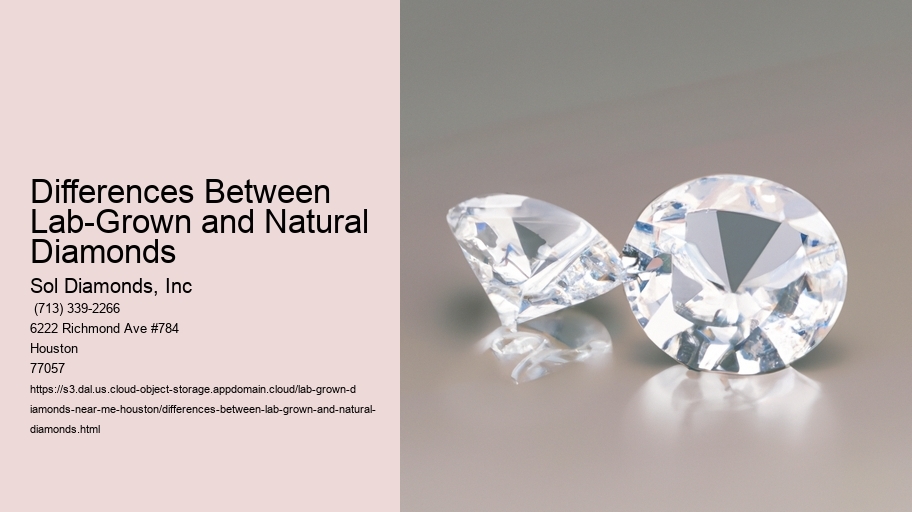When it comes to choosing a diamond, you might find yourself torn between lab-grown and natural options. The Science Behind Lab-Grown Diamonds . They might seem identical at first glance, but there are some notable differences that could influence your decision. Let's dive into the main distinctions without getting bogged down in too much technical jargon.
First off, let's talk about origin. Natural diamonds have been forming in the Earth's mantle over billions of years, subjected to extreme pressure and heat. They're like little time capsules, holding the secrets of the Earth's deep past. Lab-grown diamonds, on the other hand, are created in a matter of weeks in a controlled environment. They're not fakes or "synthetics" in the sense of being artificial; they're real diamonds with the same physical and chemical properties as natural ones. However, their journey to existence is significantly shorter and less dramatic.
You might be wondering about the environmental impact. Natural diamond mining can be quite harmful to the environment, involving large-scale land disruption and potential ecological damage. Plus, the mining industry has often been linked to unethical labor practices. Lab-grown diamonds, while not completely free from environmental impact, generally have a smaller footprint. They don't require the same kind of invasive mining techniques and can be produced with renewable energy sources.
Price is another factor where these two types diverge. Lab-grown diamonds are usually less expensive than their natural counterparts. The reason isn't quality-lab-grown diamonds can be just as flawless and dazzling-but rather the cost of production and supply chain differences. Natural diamonds are rarer and thus command higher prices. So, if budget is a concern, lab-grown might be the more attractive option.
When it comes to value and investment, natural diamonds have historically held their value better. They're often seen as a long-term investment, something you can pass down through generations. Lab-grown diamonds don't have the same track record and their market is more volatile. If you're looking at your diamond as an investment, natural might edge out lab-grown here.
One can't ignore the emotional aspect either. For many, the idea of a natural diamond, formed over eons, holds a certain romantic allure. It's like owning a piece of the Earth's history. Lab-grown diamonds, despite their many merits, might lack that kind of sentimental value for some people. However, others might find the modern, innovative process of lab-grown diamonds equally appealing.
In terms of appearance, both types are virtually indistinguishable to the naked eye. Even experts often need specialized equipment to tell them apart. So, if you're worried about someone noticing that your diamond is lab-grown, don't be. It's not like anyone's walking around with a diamond detector.
So, what's the bottom line? Lab-grown and natural diamonds each have their own set of advantages and disadvantages. Lab-grown diamonds are generally more affordable and environmentally friendly, while natural diamonds have a timeless appeal and better investment potential. Your choice ultimately depends on what factors you prioritize. Whether you lean towards the eco-friendly efficiency of lab-grown diamonds or the geological romance of natural ones, there's no wrong choice-just the one that feels right for you.
